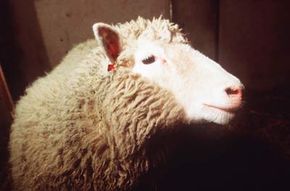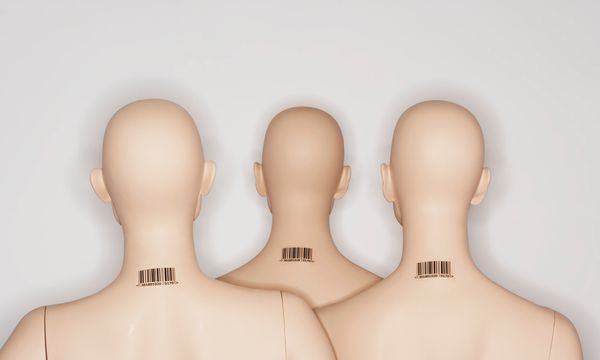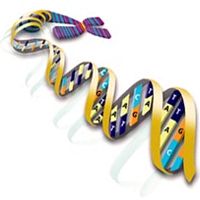On Jan. 8, 2001, scientists at Advanced Cell Technology, Inc., announced the birth of the first clone of an endangered animal, a baby bull gaur (a large wild ox from India and southeast Asia) named Noah. Although Noah died of an infection unrelated to the procedure, the experiment demonstrated that it is possible to save endangered species through cloning.
Cloning is the process of making a genetically identical organism through nonsexual means. It has been used for many years to produce plants (even growing a plant from a cutting is a type of cloning).
Advertisement
Animal cloning has been the subject of scientific experiments for years, but garnered little attention until the birth of the first cloned mammal in 1996, a sheep named Dolly. Since Dolly, several scientists have cloned other animals, including cows and mice. The recent success in cloning animals has sparked fierce debates among scientists, politicians and the general public about the use and morality of cloning plants, animals and possibly humans.
In this article, we will examine how cloning works and look at possible uses of this technology.


